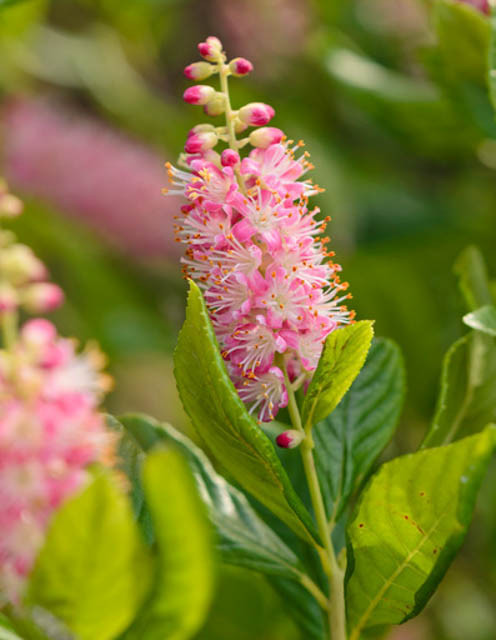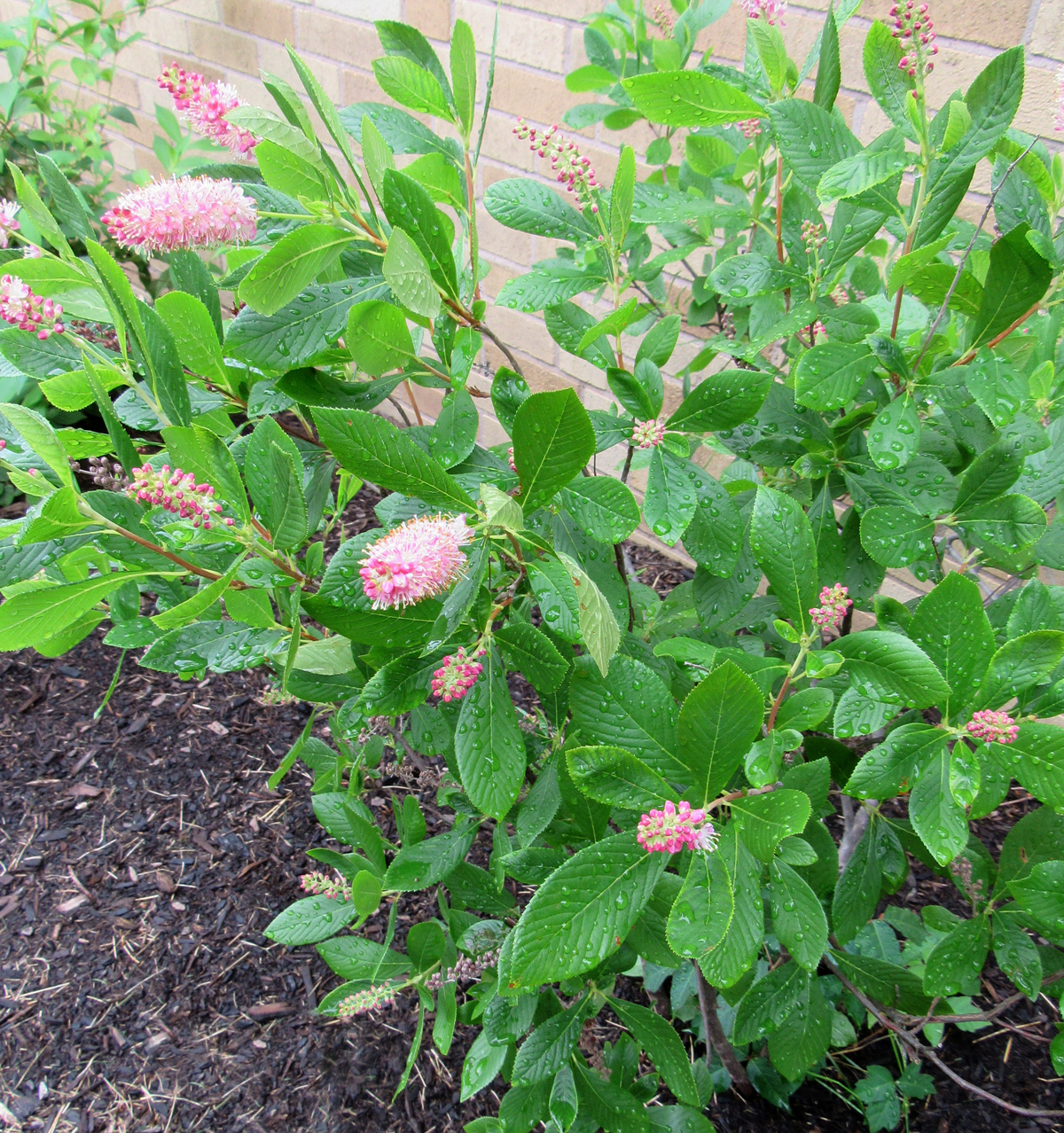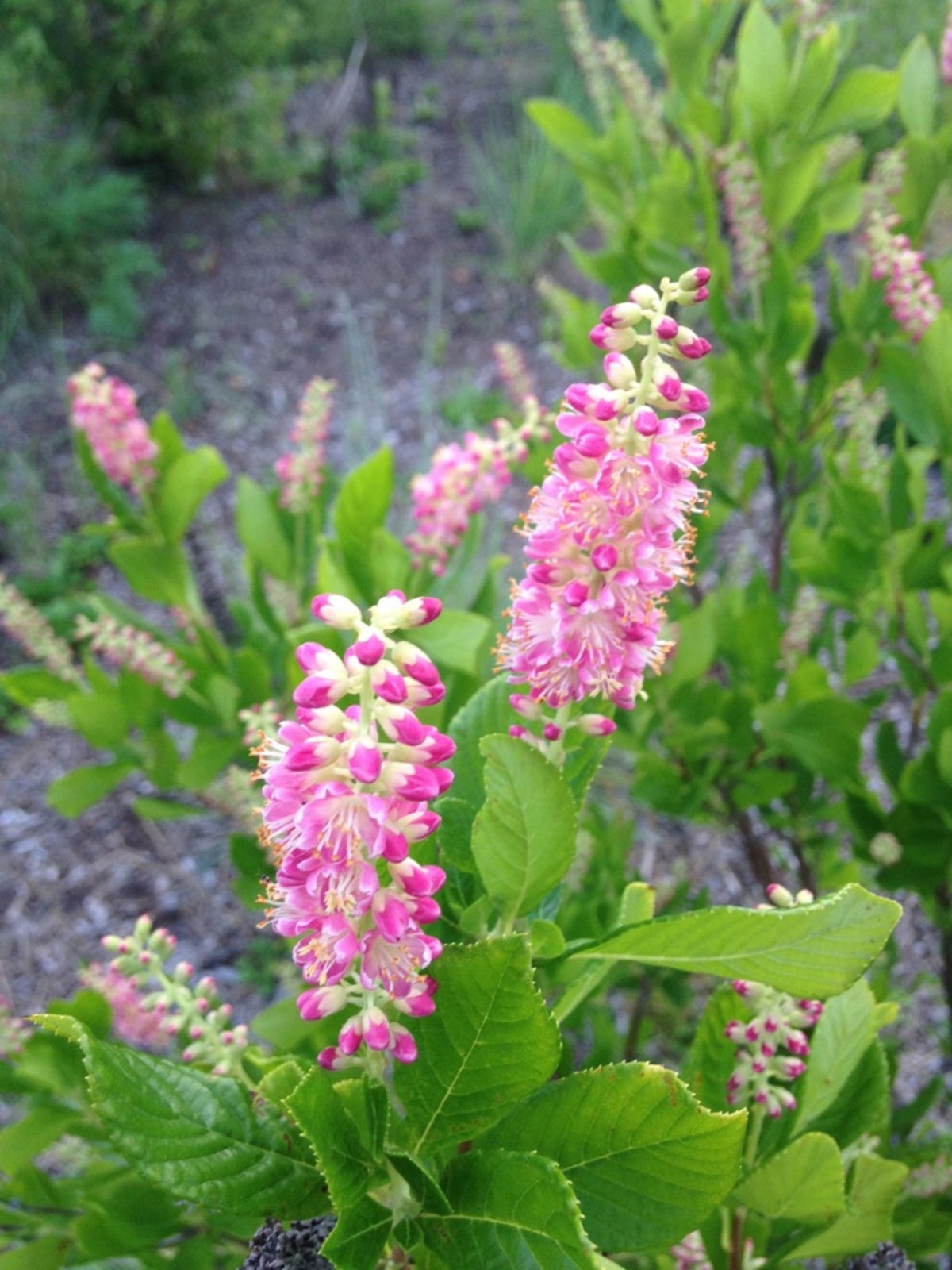Pink Summersweet: The Sweetest Flower Of Summer
Pink Summersweet: The Sweetest Flower of Summer
The sweet fragrance of pink summersweet is a sure sign that summer is in full swing. This beautiful shrub blooms in late summer and early fall, with clusters of delicate pink flowers that attract butterflies and other pollinators. Pink summersweet is also a relatively low-maintenance plant, making it a great choice for any garden.
In this blog post, we will explore the following topics:
- The different varieties of pink summersweet
- How to plant and care for pink summersweet
- The benefits of planting pink summersweet in your garden
- How to propagate pink summersweet
So if you're looking for a beautiful and fragrant shrub to add to your garden, pink summersweet is a great option!
## Different Varieties of Pink Summersweet
There are several different varieties of pink summersweet available, each with its own unique characteristics. Some of the most popular varieties include:
- Clethra alnifolia 'Rosea': This variety has light pink flowers that fade to nearly white. It grows to 3-6 feet tall and 3-5 feet wide.
- Clethra alnifolia 'Pink Spire': This variety has very fragrant, light pink bottlebrush flowers. It grows to 4-6 feet tall and 3-4 feet wide.
- Clethra alnifolia 'Anne Bidwell': This variety produces white flowers that are larger than the species. It grows to 4-6 feet tall and 3-5 feet wide.
- Clethra alnifolia 'Sugartina': This variety is a dwarf clethra with pure white flowers. It grows to 28-30 inches tall and 28-36 inches wide.
- Clethra alnifolia 'September Beauty': This variety flowers with white blooms up to two weeks later than the species. It grows to 4-6 feet tall and 3-4 feet wide.
No matter which variety you choose, pink summersweet is sure to add beauty and fragrance to your garden.
## How to Plant and Care for Pink Summersweet
Pink summersweet is a relatively easy plant to care for. It prefers full sun to partial shade and moist, well-drained soil. It is drought tolerant once established, but it will benefit from regular watering during the first year after planting.
To plant pink summersweet, dig a hole that is twice the width of the root ball. Add some compost or other organic matter to the soil and mix it well. Place the plant in the hole and backfill with soil, tamping down gently. Water the plant well.
Pink summersweet does not require a lot of fertilizer. A light application of fertilizer in the spring will help to promote new growth and flowering.
## The Benefits of Planting Pink Summersweet in Your Garden
In addition to its beauty and fragrance, pink summersweet offers a number of other benefits. It is a nectar source for butterflies and other pollinators, and it can help to attract birds to your garden. Pink summersweet is also deer-resistant, so you can enjoy its beauty without worrying about the deer eating it.
## How to Propagate Pink Summersweet
Pink summersweet can be propagated from stem cuttings or from seed. Stem cuttings are the easiest way to propagate pink summersweet. To take a stem cutting, choose a healthy, young stem that is about 6 inches long. Make a clean cut just below a node. Remove the lower leaves from the cutting and dip the end in rooting hormone. Plant the cutting in a pot of moist potting mix. Keep the potting mix moist and place the pot in a warm, sunny location. The cutting should root in about 4-6 weeks.
## Conclusion
Pink summersweet is a beautiful and fragrant shrub that is easy to care for and provides a number of benefits. If you are looking for a new addition to your garden, pink summersweet is a great option!
Pink summersweet is a beautiful and fragrant shrub that is perfect for adding color and interest to your garden in late summer and early fall. It produces long, spires of delicate pink flowers that are sure to attract butterflies and other pollinators. Pink summersweet is also relatively easy to care for, and it can tolerate a wide range of soil conditions and light levels.
If you are interested in learning more about pink summersweet, I recommend visiting Garden Wiki. This website has a wealth of information about the plant, including its history, care requirements, and potential uses in the landscape. You can also find photos of pink summersweet in bloom, as well as tips on how to plant and care for it in your own garden.
FAQ of pink summersweet
- What is pink summersweet?
Pink summersweet (Clethra alnifolia 'Rosea') is a deciduous shrub that is native to eastern North America. It grows 4-6 feet tall and wide, and blooms in late summer with clusters of pink, sweet-scented flowers. Pink summersweet is a popular landscape plant for its attractive flowers, fragrant foliage, and tolerance of a variety of soil conditions.
- Where can I plant pink summersweet?
Pink summersweet is a versatile plant that can be grown in full sun to partial shade. It prefers moist, well-drained soil, but can tolerate some drought conditions. Pink summersweet is hardy in USDA zones 4-9.
- How do I care for pink summersweet?
Pink summersweet is a relatively low-maintenance plant. Water it regularly during the first year after planting, and then only as needed during dry periods. Fertilize it in spring with a balanced fertilizer. Prune it in late winter or early spring to remove dead or damaged branches.
- How do I propagate pink summersweet?
Pink summersweet can be propagated from stem cuttings or seed. To propagate from stem cuttings, take 3-4 inch long cuttings in early summer from healthy, well-established plants. Dip the cuttings in rooting hormone and plant them in a well-draining potting mix. Keep the cuttings moist and in a warm, sunny location. They should root in about 4-6 weeks.
- What are some common pests and diseases of pink summersweet?
Pink summersweet is susceptible to a few pests and diseases, including:
- Aphids: Aphids are small, soft-bodied insects that can suck the sap from leaves and stems. They can cause leaves to wilt and curl. To control aphids, spray the plants with insecticidal soap or neem oil.
- Scale insects: Scale insects are small, armored insects that attach themselves to leaves and stems. They can suck the sap from plants, causing leaves to yellow and drop. To control scale insects, scrape them off the plants with a sharp knife or insecticidal soap.
- Powdery mildew: Powdery mildew is a fungal disease that causes a white, powdery coating to form on leaves. It can weaken plants and make them more susceptible to other diseases. To control powdery mildew, spray the plants with a fungicide.
Image of pink summersweet
5 different images of "pink summersweet" from Pinterest:
- A close-up of a pink summersweet flower. The flower is a delicate pink color with a white center. It has five petals that are slightly curled at the edges.
- A full shot of a pink summersweet shrub. The shrub is covered in pink flowers. The leaves are a dark green color and are shaped like ovals.

- A pink summersweet shrub in bloom. The shrub is in full bloom and is covered in pink flowers. The flowers are clustered together in groups of three or four.

- A pink summersweet shrub in a garden. The shrub is planted in a garden with other flowers. The flowers are a variety of colors, including pink, white, and blue.

- A pink summersweet shrub in a vase. The shrub is cut and placed in a vase. The flowers are still in bloom and are a bright pink color.


Post a Comment for "Pink Summersweet: The Sweetest Flower Of Summer"